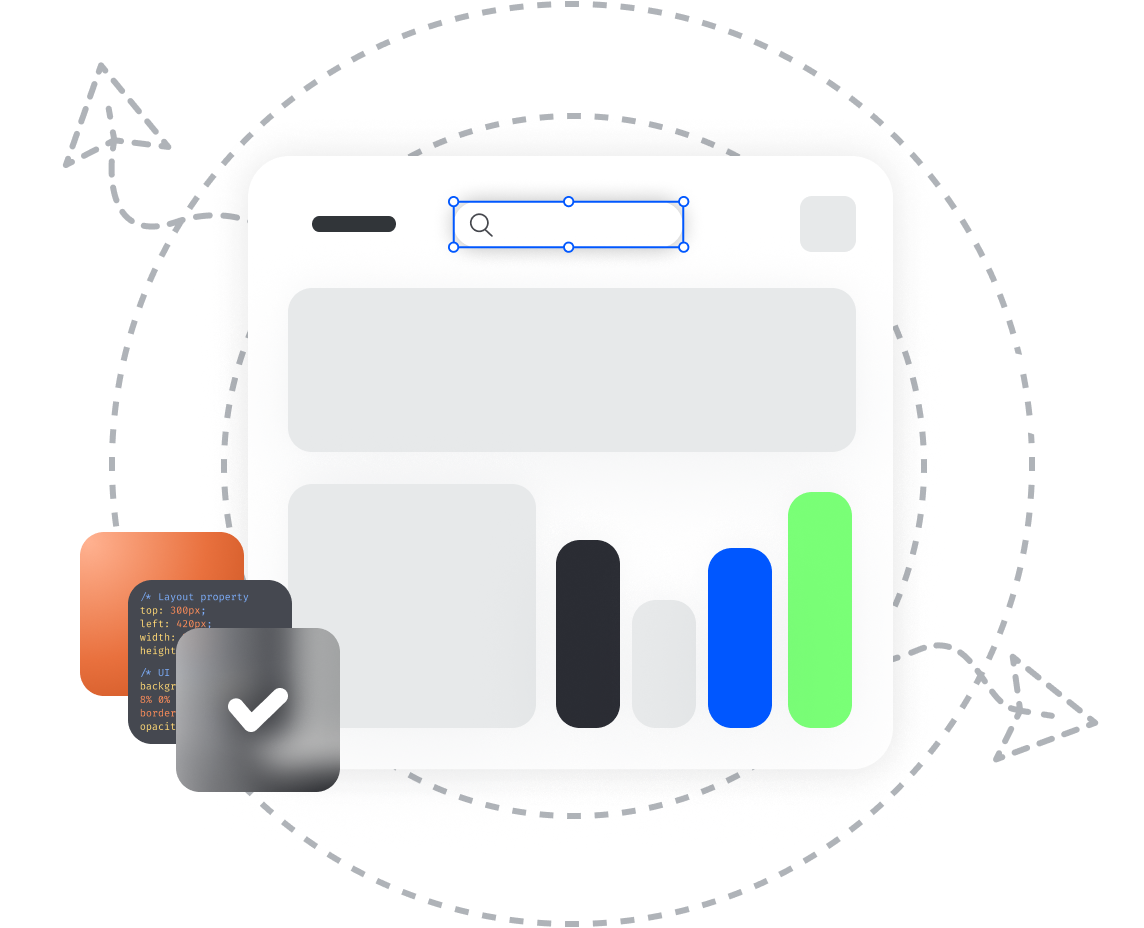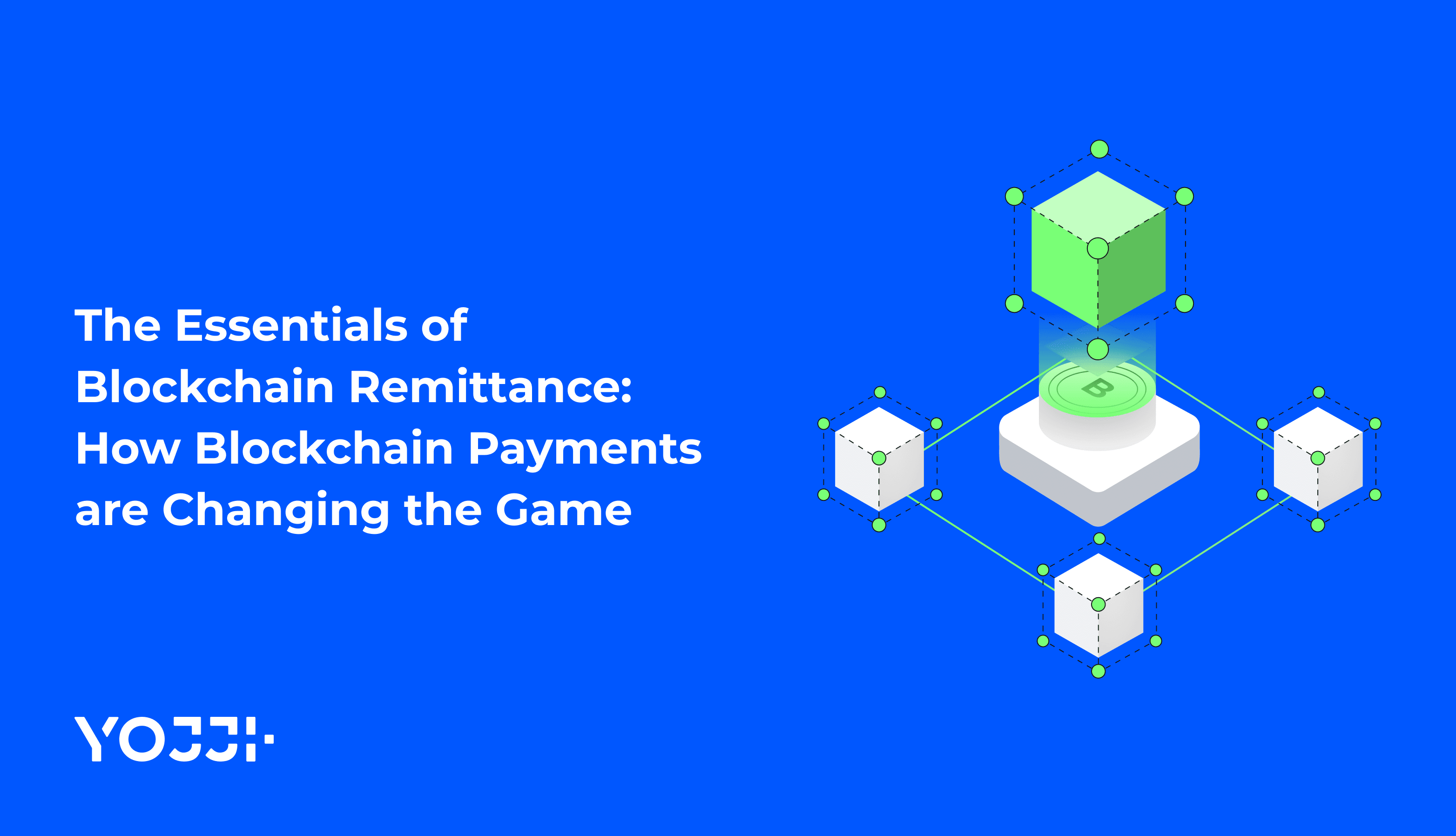Unlocking Success: A Guide to Mastering MVP Software Development

Introduction
MVP software development is a popular approach for building and launching new software products. It is a strategy that emphasizes creating a basic version of a product with just enough features to satisfy early users and gather feedback for future development. This approach helps businesses save time and money by avoiding lengthy development cycles and reducing the risk of building a product that doesn't meet the needs of its users.
Adobe, Salesforce, Shopify, and loads of other SaaS giants have gained momentum because of an intelligent decision their stakeholders have made at some point—that is, launching an MVP version of the product to test the waters. Marc Benioff's quote, "You must always be able to predict what's next and then have the flexibility to evolve," underscores the essence of MVP development. Just as Salesforce, the industry giant, began as a Minimum Viable Product, this philosophy emphasizes the need to foresee market demands and adapt swiftly. MVP development enables companies to test ideas quickly, iterate based on feedback, and evolve their products in alignment with evolving customer needs.
Planning, designing, building, testing, launching, iterating, and improving your MVP are all critical steps in the MVP software development process. By following these steps, businesses can create a product that meets the needs of their users and achieves success in the market. With that said, let's dive into the details of MVP software development and how to get started.
Key Takeaways
MVP software development is a strategy that emphasizes creating a basic version of a product with just enough features to satisfy early users and gather feedback for future development. Planning, designing, building, testing, launching, iterating, and improving your MVP are all critical steps in the MVP software development process.
Planning Your MVP
When planning an MVP software development project, it is essential to start with a clear definition of goals. This will help the development team focus on the core features that will deliver the most value to the target audience.
Defining Goals
To define the goals of an MVP, the development team should start by asking themselves what problem the product is trying to solve. They should then identify the key features that will solve this problem and prioritize them based on their importance to the target audience. The team should also consider any technical constraints that may impact the development process. Once the goals have been defined, the team should create a roadmap that outlines the development process and milestones.
Target Audience Analysis
Understanding the target audience is crucial when planning an MVP. The development team should conduct market research to identify the needs and pain points of the target audience. This will ensure that the product is designed with the user in mind and that it delivers value to the target audience.
Your team should also create user personas. User personas are fictional characters who represent the many categories of users for which the product is intended. They assist the team in understanding the target audience's wants, goals, and habits, as well as designing a product to satisfy those demands. By defining goals and analyzing the target audience, the development team can create a roadmap for MVP software development that delivers value to the target audience and meets their needs.

Designing an MVP
The first step in designing an MVP is to select the most important features to include. This can be done by identifying the core problem that the product is trying to solve and determining which features are necessary to address that problem. It's important to keep in mind that an MVP should only include the most critical features required to test the product's viability.
One way to determine which features to include is to create a list of all potential features and then prioritize them based on their importance and impact on the product's success. This can be done by considering factors such as the feature's uniqueness, its potential to solve the problem, and the resources required to develop it.
User Experience Considerations
Another critical factor to consider when designing an MVP is the user experience. The MVP should be designed to provide a seamless and intuitive experience for users. This can be achieved by ensuring that the product's user interface is easy to navigate and that the user flow is logical and intuitive.
To achieve this, it's essential to conduct user testing and gather feedback on the product's usability. This feedback should be used to refine the MVP and ensure that it provides a positive user experience.
Read also: SaaS Application Development: All-Purpose Guide
Building the MVP
Building an MVP demands a delicate balance between envisioning the future while remaining adaptable to real-time feedback. Just as with Salesforce's inception, the MVP serves as the cornerstone for iterating towards success, fostering innovation through iterative development.
Development Methodologies
When it comes to building an MVP, there are a few development methodologies that can be used. One popular approach is the Agile methodology, which emphasizes flexibility and collaboration. With Agile, development teams work in short sprints to deliver working software quickly and iterate based on feedback. It is, arguably, one of the most commonly used approaches, with 86% of development firms using it. The core benefit of this approach is that it allows teams to begin the next step without fully finishing the previous one (in cases where it’s possible), which results in time and money savings. Another approach is the Lean methodology, which focuses on minimizing waste and maximizing value. With Lean, development teams prioritize the most important features and build only what is necessary to test the product.

Technical Stack Decisions
Choosing the right technical stack is also an important part of building an MVP. The technical stack refers to the set of technologies used to build the software. There are many factors to consider when choosing a technical stack, such as scalability, performance, security, and ease of use. Some popular stacks for MVP development include the LAMP stack (Linux, Apache, MySQL, PHP), MEAN stack (MongoDB, Express, AngularJS, Node.js), and Ruby on Rails.
Testing Your MVP
Once an MVP has been developed, it is essential to test it to ensure that it meets the needs of the target audience. Testing an MVP is critical to its success, as it helps identify issues early on in the development process. Data shows that teams that integrate testing as part of the overall development process spend 22% less time on unexpected tasks. Dev teams that prioritize quality and collaborate with QA early on, have more time for innovative, value-added work.
Validation Techniques
One of the most effective ways to test an MVP is through validation techniques. Validation techniques are designed to test the product's viability in the market and its ability to solve the target audience's problem. Here are the most common validation techniques:
- Customer Interviews. Speaking directly to the target audience can provide valuable insights into their needs and preferences. This can help identify gaps in the MVP's functionality and provide ideas for future development.
- User Testing. User testing helps teams and stakeholders observe how people interact with the MVP and recognize usability issues. This can help identify areas for improvement and ensure that the MVP is user-friendly.
- A/B Testing. A/B testing involves testing two versions of the MVP to see which performs better. This can help identify which features are most important to the target audience and inform future development.

Feedback Loops
Another essential aspect of testing an MVP is creating feedback loops. Feedback loops are designed to gather feedback from users and use it to improve the MVP. Some of the most effective feedback loops include:
- User Feedback. Providing users with a way to provide feedback can help identify issues and areas for improvement. This can be done through surveys, feedback forms, or other methods.
- Analytics can provide valuable insights into how users are interacting with the MVP. This can help identify areas for improvement and inform future development.
- Customer Support. Providing excellent customer support can help identify issues and provide ideas for future development. This can be done through email, chat, or other methods.
By using validation techniques and feedback loops, MVP software development teams can ensure that their product meets the needs of the target audience and is user-friendly. This can help increase the chances of success and lead to a more successful product.
Launching the MVP
After the MVP is developed, it's time to launch it to the market. This is a critical stage in the MVP software development process, and it requires a well-planned go-to-market strategy.
Go-to-Market Strategy
The go-to-market strategy should be designed to maximize the product's exposure and reach the target audience effectively. The strategy should include the following:
- Identifying the target audience and understanding their needs and preferences.
- Developing a value proposition that clearly communicates the product's benefits to the target audience.
- Defining the pricing strategy and determining the optimal price point that will appeal to the target audience while generating a profit.
- Developing a marketing plan that includes channels such as social media, email marketing, and content marketing will help reach the target audience effectively.
Initial User Acquisition
Once the go-to-market strategy is in place, the next step is to acquire initial users. This can be done through various methods, such as:
- Leveraging personal and professional networks to spread the word about the product.
- Offering incentives such as discounts or free trials to encourage early adopters to try the product.
- Partnering with influencers or industry experts to promote the product to their followers.
- Running targeted ads on social media platforms such as Facebook and Instagram to reach the target audience effectively.
It's important to track user acquisition metrics such as conversion rates, cost per acquisition, and retention rates to optimize the user acquisition process and ensure the product's success in the market.
Launching the MVP is a critical stage in the MVP software development process, and it requires a well-planned go-to-market strategy and user acquisition plan. By following the best practices outlined above, software development teams can maximize the product's exposure, reach the target audience effectively, and acquire initial users to ensure the product's success in the market.
Scaling from MVP
After successfully launching an MVP, it's time to scale up. The following subsections will explain how to scale up from MVP and keep the growth momentum going.
Growth Metrics
To scale up from MVP, it's important to keep track of growth metrics. The most important metrics to track include customer acquisition cost (CAC), customer lifetime value (CLTV), and churn rate. CAC measures the cost of acquiring a new customer, while CLTV measures the revenue generated by a customer during their lifetime. Churn rate measures the rate at which customers are leaving the product.

It's important to optimize these metrics for growth. For example, to reduce CAC, companies can focus on referrals, content marketing, and social media marketing. To increase CLTV, companies can focus on upselling, cross-selling, and customer retention. To reduce churn rate, companies can focus on improving the product, providing excellent customer support, and offering incentives to customers who stay.
Funding and Investment
To scale up from MVP, companies need funding. There are several options for funding, including bootstrapping, crowdfunding, angel investors, venture capital, and strategic partnerships.
Bootstrapping is the most cost-effective option, but it requires a lot of hard work and dedication. Crowdfunding is a good option for products that have a lot of public interest. Angel investors are a good option for companies that need a small amount of funding. Venture capital is a good option for companies that need a large amount of funding. Strategic partnerships are a good option for companies that need help with distribution or marketing.
Final Words
Benioff's words echo the fundamental principle of staying agile and responsive, a crucial aspect in the journey of any successful software venture. The primary reason why most startups fail is due to misreading market demand — which happens in 42% of cases. MVP in software development is like a life raft in a stormy sea. It helps you test the waters before committing to a large, complex project that might not survive.
If you have a concept that requires a strong team of professionals to make it real, contact Yojji and begin a lucrative journey toward success. Not sure if we’re the right fit? Review our extensive portfolio and start working with agile and passionate experts today!

Yojji successfully delivered the project within schedule. They demonstrated excellent project management via weekly sprint demos and promptly made adjustments based on the client's feedback. Their responsiveness and collaborative attitude were key elements of their work.

5.0
Yojji was an instrumental part of the client’s team, working closely with them to achieve the product’s success. The team was very collaborative and timely, and their performance was amazing. Additionally, their resources were experienced, professional, and enjoyable to work with.

5.0
Yojii is impressive both in quality of development work as well as their commitment. Strong focus on delivery, highly technical personnel, flexible approach that allows for rapid development. Strong processes that allow for solid controls.

5.0
We’re very happy with the way that Yojji works, which is why we’ve spent so much money and engaged them for such a long time. We treat them as employees in regard to responsibilities and expectations, and they haven’t disappointed us.

5.0
As a company, we find Yojji to be excellent development partners - we cannot recommend them more highly and will be very happy to continue working with them in the future.

5.0
They are really nice people with excellent technical backgrounds.

5.0
We used Agile project management methodology and were in contact with the team and project manager daily.

5.0
They all had a super positive outlook and were dedicated to getting the work completed to a high standard.

5.0
Yojji has delivered an accessible product with thorough consideration for the client's requirements. Users have commented on the platform's user-friendliness and speed. Moreover, the team is easy to communicate with and provides frequent updates. Their development and design skills are impressive.

5.0





